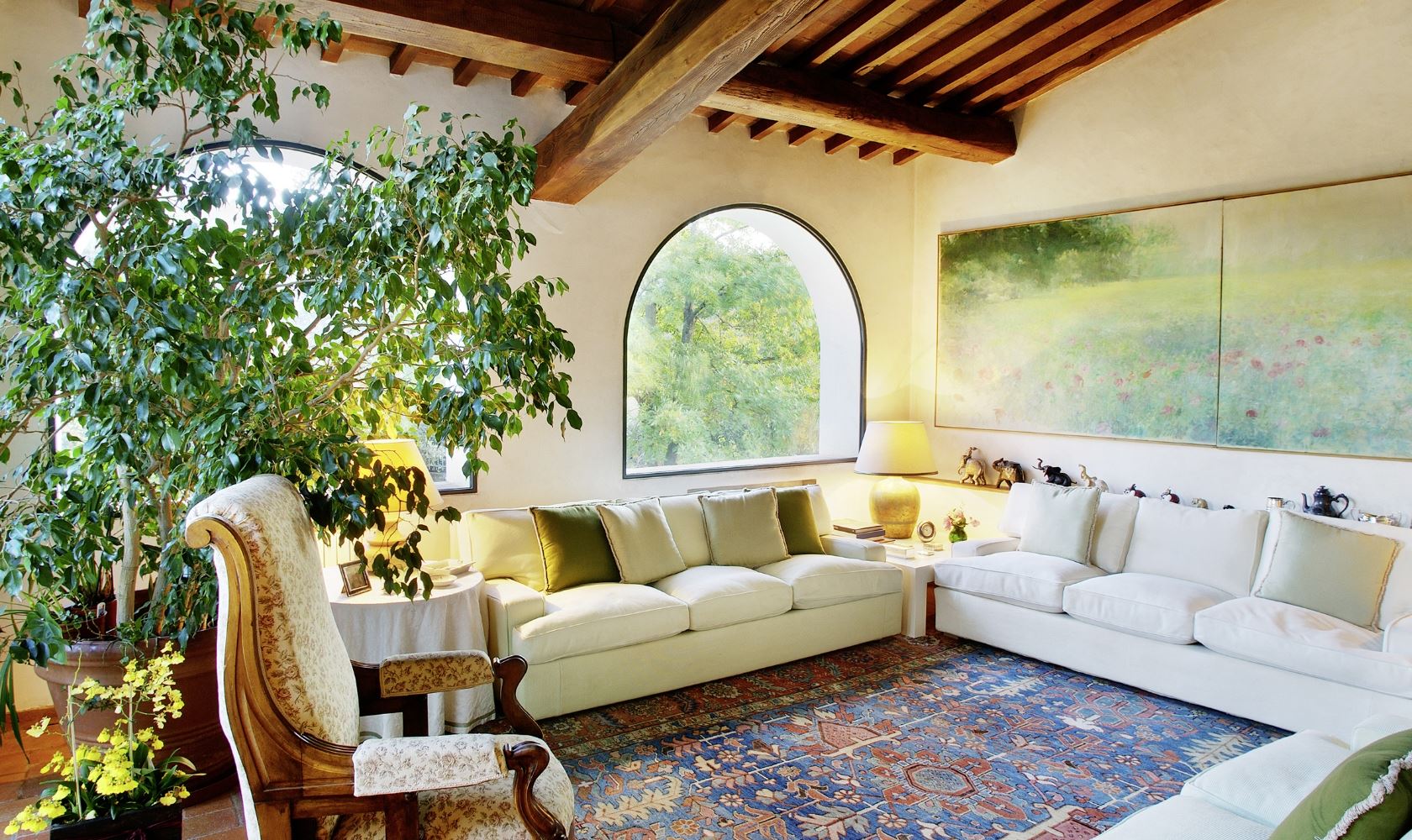HOW TO BUILD A TENNIS COURT FOR KIDS
COURT SIZE
 According to USTA regulations, the court dimensions may vary from 36 feet by 18 feet to 78 feet by 27 feet depending on the kids’ age. The younger the players - the smaller the court. There are several ways to create a kid-friendly zone at your facility. One of them is to add blended lines of a different color to the regular court. This way, it can be used by players of any age group. Thus, you ich gives children more time to get to it and hit. This emaximize your use of space and minimize the expenses. It is advised to paint additional lines a shade lighter or darker than the color of the court surface. Note, that the standard lines should always be white. Another option is to build a separate courtSurface or turn an adult court into the kids one. In this case, consider resurfacing with acrylic cushioning. It slows down the ball bounce which gives children more time to get to it and hit. This enables them to spend more time rallying rather than chasing the ball.
According to USTA regulations, the court dimensions may vary from 36 feet by 18 feet to 78 feet by 27 feet depending on the kids’ age. The younger the players - the smaller the court. There are several ways to create a kid-friendly zone at your facility. One of them is to add blended lines of a different color to the regular court. This way, it can be used by players of any age group. Thus, you ich gives children more time to get to it and hit. This emaximize your use of space and minimize the expenses. It is advised to paint additional lines a shade lighter or darker than the color of the court surface. Note, that the standard lines should always be white. Another option is to build a separate courtSurface or turn an adult court into the kids one. In this case, consider resurfacing with acrylic cushioning. It slows down the ball bounce which gives children more time to get to it and hit. This enables them to spend more time rallying rather than chasing the ball.SURFACE
Make sure you choose a multi-layered, asphalt- or concrete-based, cushioned surface with a full depth resilience. It provides maximum comfort to young players without hindering their performance. Here are three reasons why asphalt pavement is the right choice for kids’ tennis courts:- • It is resilient
- • It is low maintenance
- • It is customizable
WINDSCREEN
Installing a good windscreen is a must. Not only does it block the wind but also reduces the noise which, let’s be honest, children usually make a lot of. If you are not installing a new windscreen, make sure your current one does not have any holes because young children may be tempted to stick their hands through them risking getting stuck or injured.GEAR
Another important aspect is providing the right gear. The 10 Under Tennis requires shorter, lighter rackets, lower tennis nets, and larger, colorful balls with less compression. This way, the balls don’t bounce as high. Keeping the ball within a younger player’s reach give more opportunities for hitting. Proper ball rotation is one of the key ingredients to developing a strong stroke. Two-colored balls provide a visual aid to the kids serving as an indication of the spin.WHAT TO KEEP IN MIND WHEN CONSTRUCTING A KIDS’ TENNIS COURT
 If you are building a tennis court from scratch, there are several details you need to figure out. First, decide on the surface material, cushioning options, and color. Once you have made up your mind, invite a professional consultant who is going to evaluate the conditions of the underlying soil, the slope of the future installment, and the most suitable drainage option. After all the preparations are over, you can finally start building. The first step is to install the asphalt or concrete base which takes around two weeks to cure. Then the newly-built court should be flooded on purpose to reveal any cracks or ponding areas. Once the problem spots are fixed, the base is ready for cushioning. Then all that is left is to apply the color coating, lines, and markers. Give it a few weeks to cure and your brand new tennis court is finally ready for some action!
If you are building a tennis court from scratch, there are several details you need to figure out. First, decide on the surface material, cushioning options, and color. Once you have made up your mind, invite a professional consultant who is going to evaluate the conditions of the underlying soil, the slope of the future installment, and the most suitable drainage option. After all the preparations are over, you can finally start building. The first step is to install the asphalt or concrete base which takes around two weeks to cure. Then the newly-built court should be flooded on purpose to reveal any cracks or ponding areas. Once the problem spots are fixed, the base is ready for cushioning. Then all that is left is to apply the color coating, lines, and markers. Give it a few weeks to cure and your brand new tennis court is finally ready for some action!
